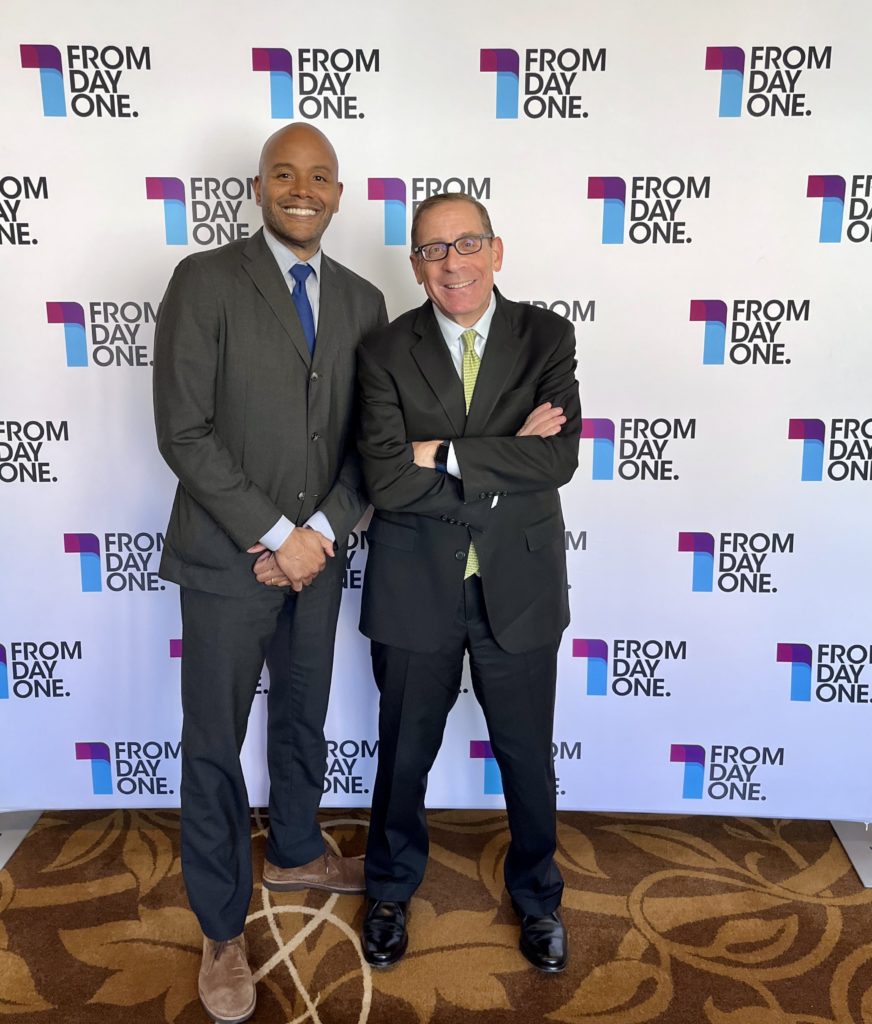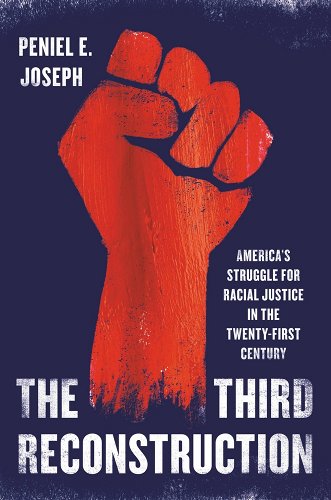Focusing on Well-Being to Evolve Your Employee Value Proposition
An employee’s well-being is closely tied to their work environment, and employers must take ownership to support it. “Our job as HR professionals and as leaders is to return them to their loved ones in at least as good a position, if not a better position, than they were when they came to the company,” said Kenneth Smith, vice president of human resources at Vail Resorts.Smith joined four other executive panelists during a session about “Focusing on Well-Being to Evolve Your Employee Value Proposition,” moderated by journalist Cynthia Barnes. Getting the right perspective is everything, Smith says. Leadership must begin by understanding and connecting with team members on a personal level—because well-being is personal. “One of the most critical components of well-being is empathy, and I think that it’s important for us as leaders to understand our people, and that is a pathway to empathy which only comes from really paying attention to them and noticing them,” he said. Only then can employers truly focus on what their people need to succeed as people. Vail Resorts has adopted a core strategy, “Explore, Grow, Belong” to emphasize inclusion and belonging, which in turn fuels employee well-being. They also shifted their hiring approach, focusing less on whether employees ski and more on their skills and contributions. Because at some point, everyone is a beginner skier, Smith says. Psychological SafetyAn employee’s well-being in the workplace begins with psychological safety, says Donald Deas, director, HR business partner at the E.W. Scripps Co.“We have a different group of employees that are coming into the workforce now, and providing some psychological safety for them is critical to how we move them through the process of their personal and professional development,” he said.It all starts with onboarding, which Deas says should focus on fitting individuals into the organization’s culture by identifying what is meaningful to them, which fosters a sense of belonging. A company’s value proposition is part of a holistic package of benefits that attracts and retains employees. Beyond the typical medical and retirement benefits, what else can you offer employees? “We have counseling capabilities free for our employees,” Deas said. “We have different activities that keep them physically in shape,” as health is top of mind, he says.Executive panelists spoke about "Focusing on Well-Being to Evolve Your Employee Value Proposition"He also emphasized the need for processes to address unique employee needs while maintaining a fair approach that respects individual circumstances without confusing fairness with equality. Engagement and PurposeRecently, Discover has started having ASL interpreters at town halls and are looking at how they can bring in more neurodiverse people into the organization. It’s part of a bigger effort to help people feel included and engaged at work, says panelist Jill Coln, vice president of talent management, development and culture at Discover Financial Services.“If people are not engaged in the work that they’re doing, then that just starts to degrade their desire to be at the job, their desire to do well,” she said. Engagement goes hand-in-hand with purpose. When an employee doesn’t feel purpose in their position, it’s hard for them to feel value or well-being in the work community, says Coln.Amid an acquisition by Capital One, the company wasn’t as transparent as it could have been, which led to confusion and worry. People wondered, “What’s going to happen next, if this company buys us? Am I going to have benefits?” she said. “It’s all about communication, communication, communication.” Even if you don’t know details, Coln added, you can let employees know something is coming soon and that they will be kept in the loop.Since the merger, Discover has introduced programs called “Excelling Throughout Transformation” and “Leading Through Ambiguity” to guide leaders and employees through the changes, helping employees focus on what they can control. It helps keep them engaged and offers purpose, even amid changes. Diversity of Mental HealthFostering a healthy work environment requires a physically safe environment and a psychologically safe environment, says panelist Melissa Doman, organizational psychologist and BetterHelp business advisor. But there is another key, and that includes helping employees develop communication skills so they can feel confident in advocating for themselves. “One of the most pivotal things to employee well-being at work is actually giving people the words and the skills to talk about mental well-being at work,” she said. This helps employees gain confidence in advocating for themselves, and helps employers understand the diversity of mental health among employees. “I think a huge miss [in the workplace,] is when you have things like a Wellness Wednesday or something to bring people together, it does not take into account people’s experiences of mental health,” she said. Emphasizing that mental health should go beyond that, Doman added.She referenced David Rock’s SCARF model (Status, Certainty, Autonomy, Relatedness, Fairness), suggesting it as a framework for employers to understand and meet employees’ motivational needs, ultimately enhancing their sense of purpose.Integrating WellnessPanelist Marisa Carson, vice president of talent management and organizational effectiveness at Elevance Health, agreed that employers should dive deeper in order to help address workers’ mental health.She advocates for ongoing, year-round mental health initiatives beyond designated awareness days, encouraging managers to engage daily with their teams, showing empathy and addressing mental health needs“I would encourage all of you to look at that evergreen culture of mental health at work as something that runs parallel to any other form of professional development,” Carson said. “If it is seen as this optional wellness endeavor, people will treat it as such, and it’ll only come up a couple times a year.”Of course, something is better than nothing. Talking about mental health awareness on World Mental Health Day is great. But when mental health support is integrated into the company culture, it’s more effective. “What about all the other days in the year when life is still happening?” she asked. “There needs to be consistent messaging and consistent training.” It’s an ongoing conversation, not a box to check. It’s integral, not words on a website for new hires to hear about once a year. Rather, offer training once a quarter, or whatever makes sense in your organization,” Carson said. One big piece of integrating wellness is utilizing managers, as they are those who are reaching employees every day. So keep managers trained and sensitive to the needs of their people, and companies will see better employee well-being. In today’s evolving work environment, integrating well-being into an employee value proposition is no longer optional, it’s essential. When well-being becomes an everyday priority, companies don’t just improve retention; they cultivate a more resilient, motivated workforce that’s better prepared to face challenges together. Ultimately, it’s about creating a workplace where employees can thrive personally and professionally, benefiting both the people and the organization as a whole.Carrie Snider is a Phoenix-based journalist and marketing copywriter.






